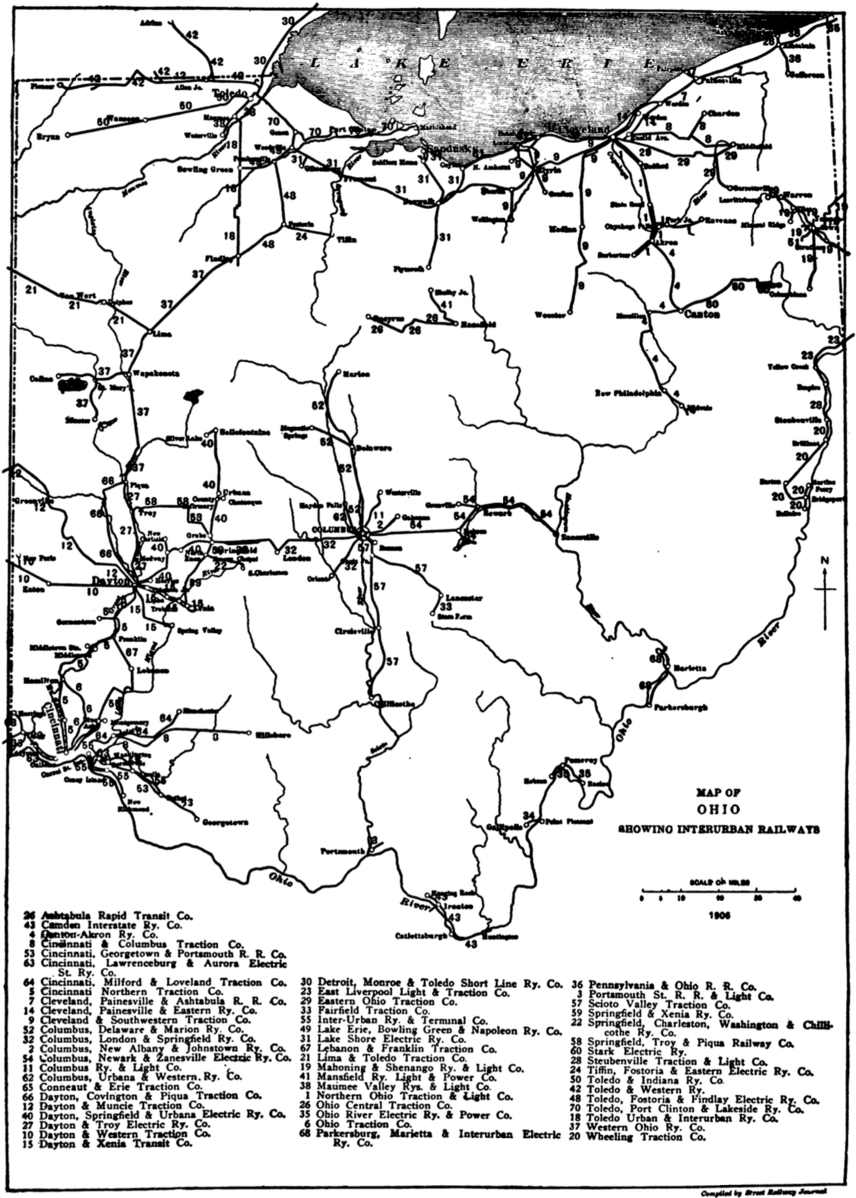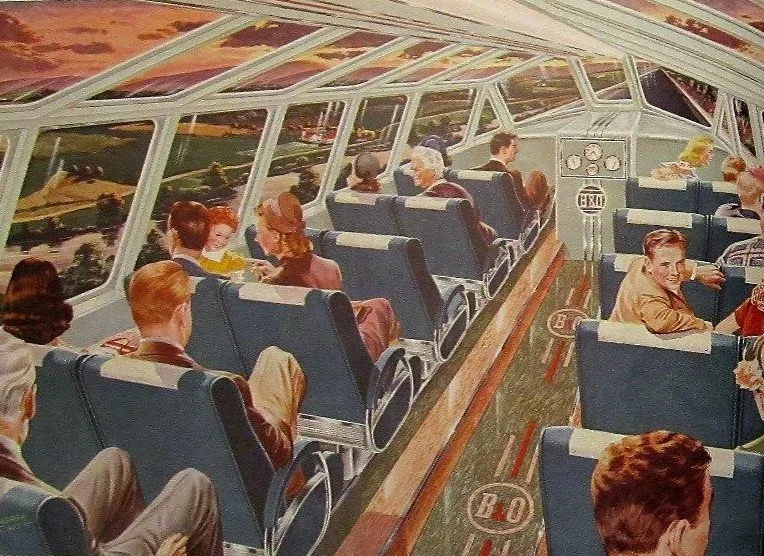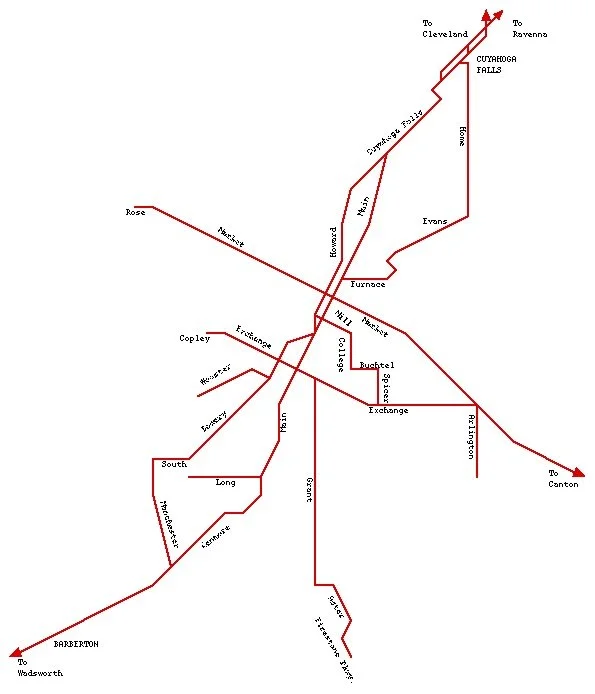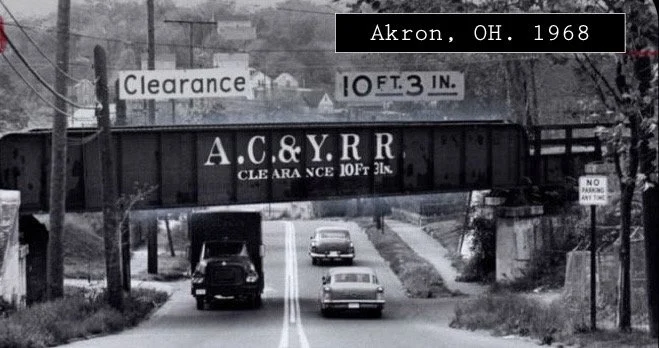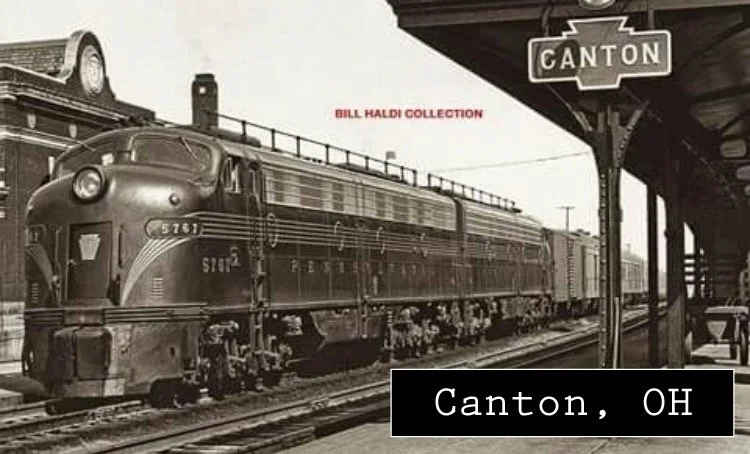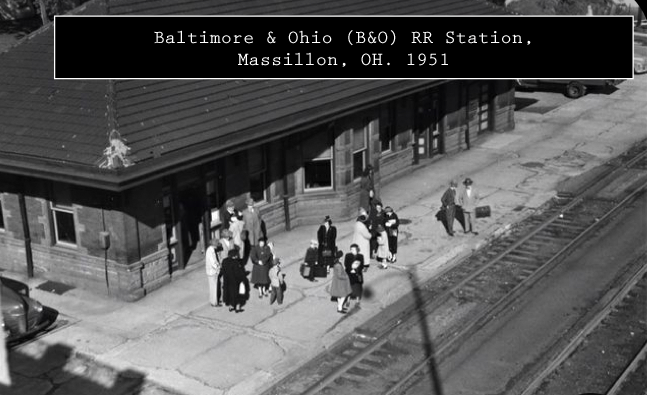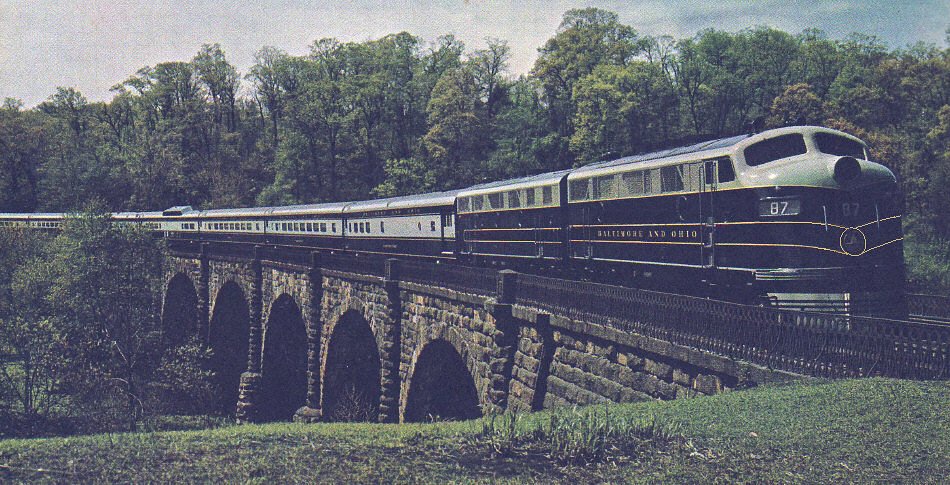NE Ohio’s Interurban Rail Momentos
Ohio Interurban Rail Map, 1907
Cities in the US, especially in the midwest, developed around streetcar lines. Ohio is no exception, of course. Ohio is not only rich in heavy rail history, but also electric rail of the interurbans that connected Ohio’s large cities to their adjacent suburbs across their respective counties. In a prior blog post; I compared the efficiency of the modern day bus systems that Ohio incorporates, with the modern day, rail-centric equivalent that cities (of a similar population) use over in Japan.
Well today, we are going to do something a little different, while keeping the spotlight on the Ohio cities of Akron, Canton, and Youngstown. It may not look it, but Ohio was the king in interurban transit at the turn of the 20th century. Even building the first interurban line in the US between Newark and Granville, Ohio. In the beginning, architects wanted to build the line along what was then known at the time as the National Road. For decades, this highway was the only way westward for many settlers laying down roots in the country’s vastly expanding Ohio Country. Why not have a rail route running in the same right-of-way as this important early interstate highway.
However, property owners along the route wanted far too much money. So, a consensus had been come to and the shorter Newark-Granville route was opted for. This set the groundwork for the first Ohio interurban systems and Ohio’s wealthy businessmen of the late 19th century were fully convinced that interurban lines were the future for transit in the state. In its general form these interurban lines extended only a few miles from the downtown city center and provided a quick and cheap alternative to heavy rail services. In addition to passengers; these electric lines also helped facilitate the transport of the region’s farmers’ crops and products. Akron, Canton, and Youngstown specifically used these lines to easily transport agriculture directly into the city center for downtown farmer's markets. By the time of US involvement in World War I; 2,798 miles of interurban track had been laid within Ohio. One thousand more interurban miles than the next closest state. Finally, by the late 1920s, Ohio interurban lines reached their zenith. Electric lines connected almost all Ohio towns and villages with populations of more than 5000.
The Ohio Electric Railway
One notable state system for the time was the Ohio Electric Railway. Running from 1907 to 1921; the railway was formed with the consolidation of 14 smaller in urban systems. At its peak, the system connected major cities including; Toledo, Lima, Dayton, Columbus, and Cincinnati with 617 miles of track. However, proving unsustainable financially and with the aftermath of the Great Dayton Flood of 1913; the end of service came in 1921. Though the operation went bankrupt and dissolved soon after; a few of the constituent companies continued operating as separate services. These smaller lines would come together soon after in 1930 to form the Cincinnati and Lake Erie Railroad.
Ohio’s Electric Interurban Rail Map, 1908
Despite its large coverage; the Ohio Electric Railway did not directly service three notable Ohio cities. Akron, Canton, and Youngstown are shown to be disconnected from this larger system, thus each city had to forge out a mass transit system from the ground up. Connecting each downtown with attractions, suburbs, the local economy, and the county overall. Notable dates for each metro is shown below;
City Systems & Notable Dates //
Akron, OH METRO
1888: Electric trams replaced horse cars (under Akron Street Railway Co.)
1922: Buses introduced (under Northern Ohio Traction & Light Co.)
1947: Streetcars discontinued (under Akron Transportation Co.)
1941-1959: Operated trolleybuses (under Akron Transportation Co.)
1969: Publicly-owned METRO Regional Transit Authority took over service
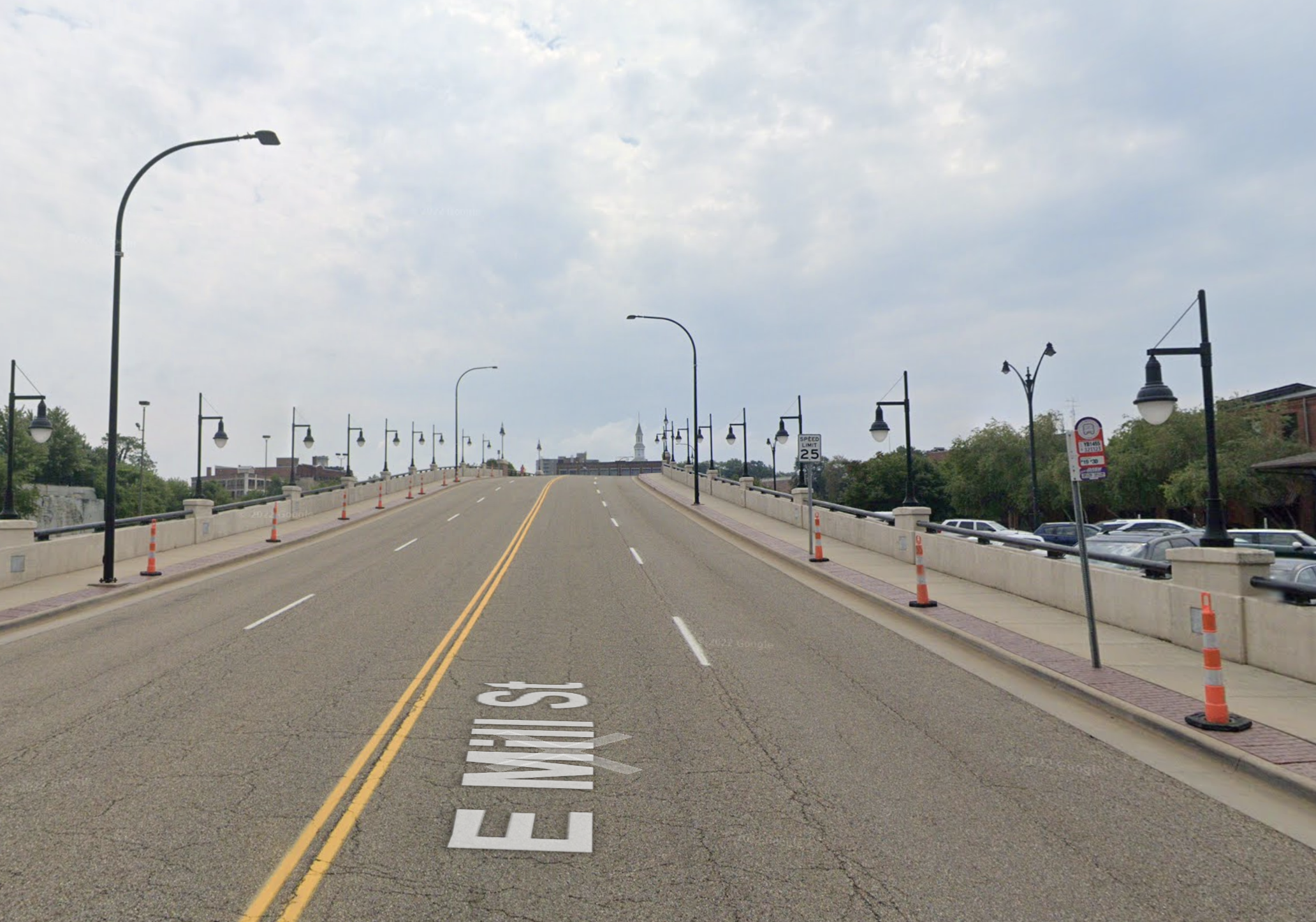
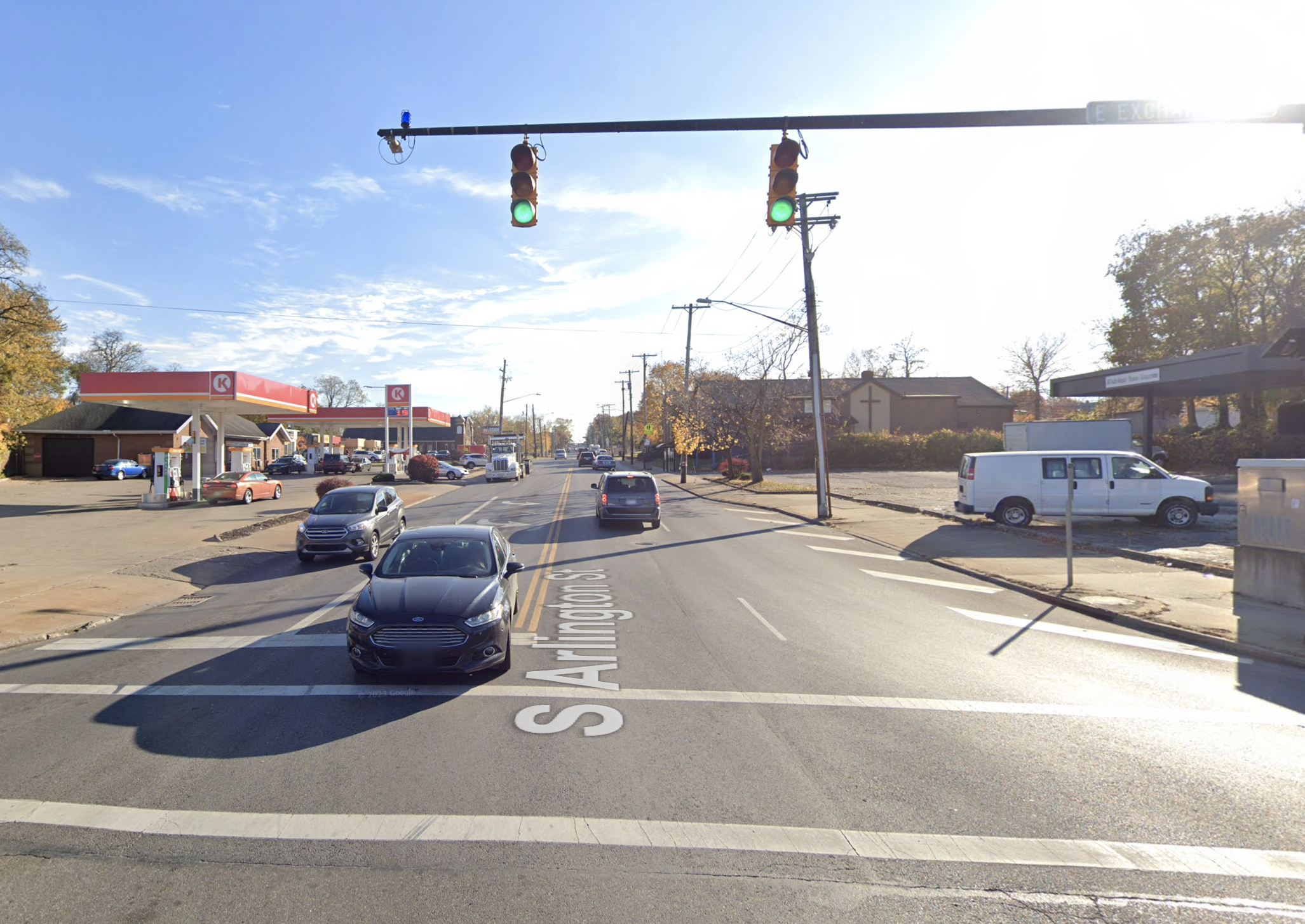
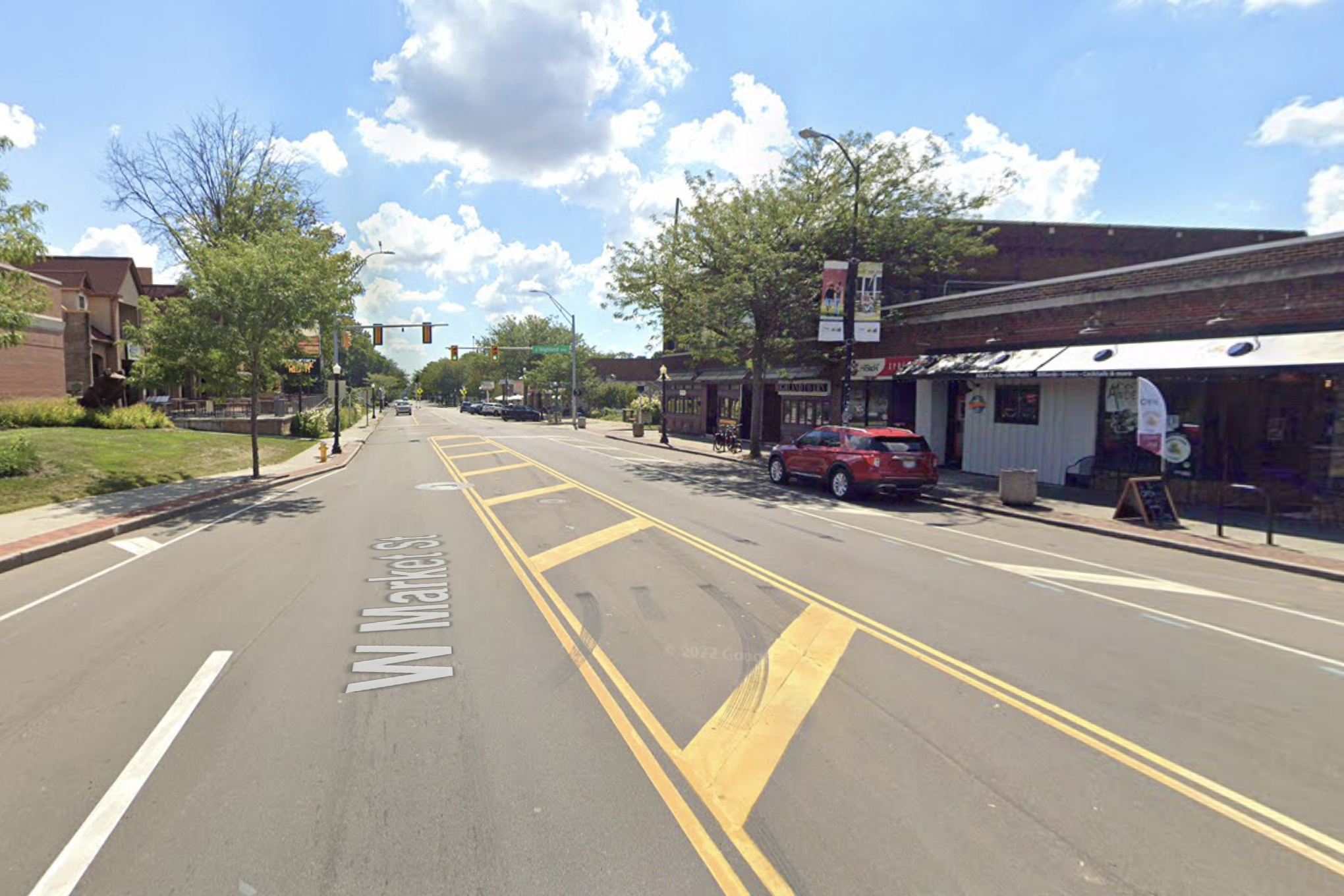
Leftover Streetcar Urban Fabric: E. Mill, S. Arlington, and W. Market Avenues (Highland Square)
Canton, OH METRO
1889-1890: Horse cars replaced with electric streetcars (under Canton Street Railway Co.)
1922: Buses introduced (under Northern Ohio Traction & Light Co.)
1931: Streetcars discontinued (under Canton Traction Co.)
1969: Publicly-owned Canton Regional Transit Authority (CRTA)
1997: SARTA takes over service for Stark County
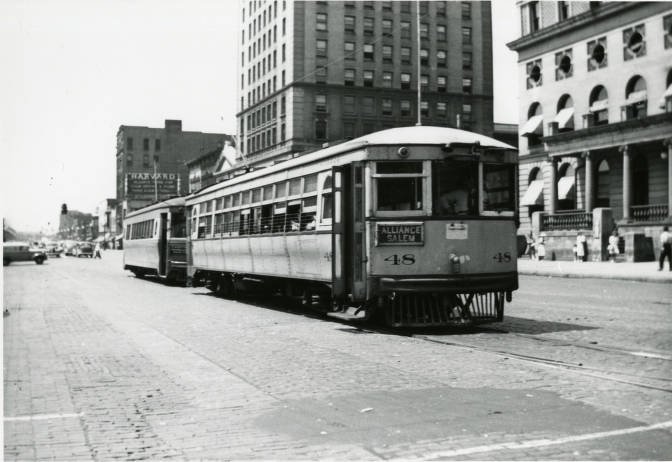
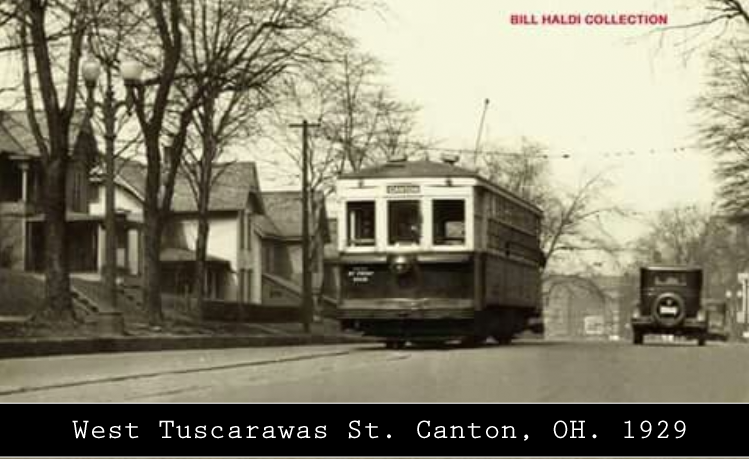
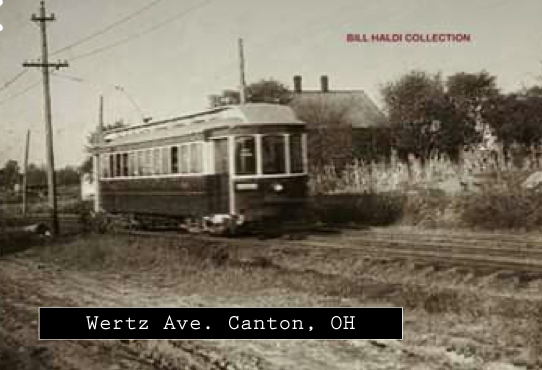
Stark Electric Railway
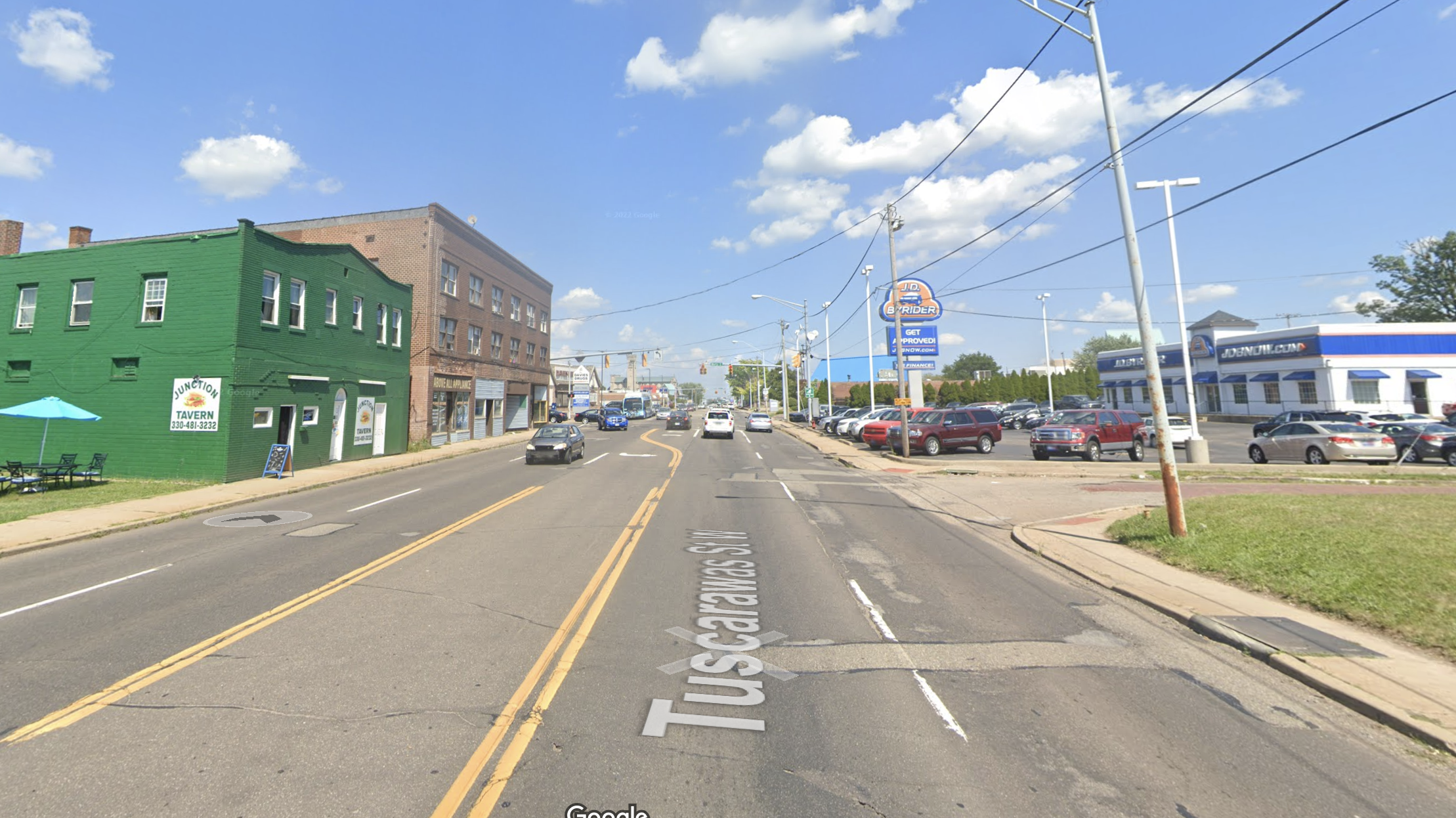
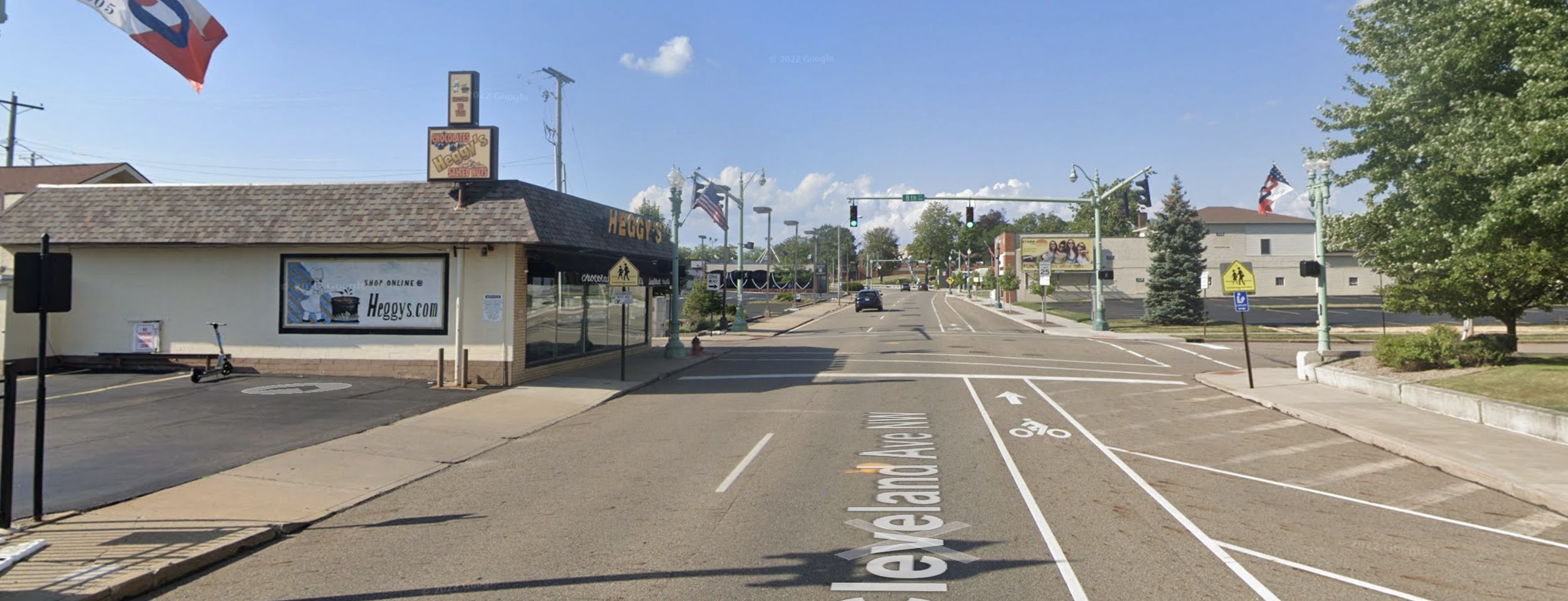
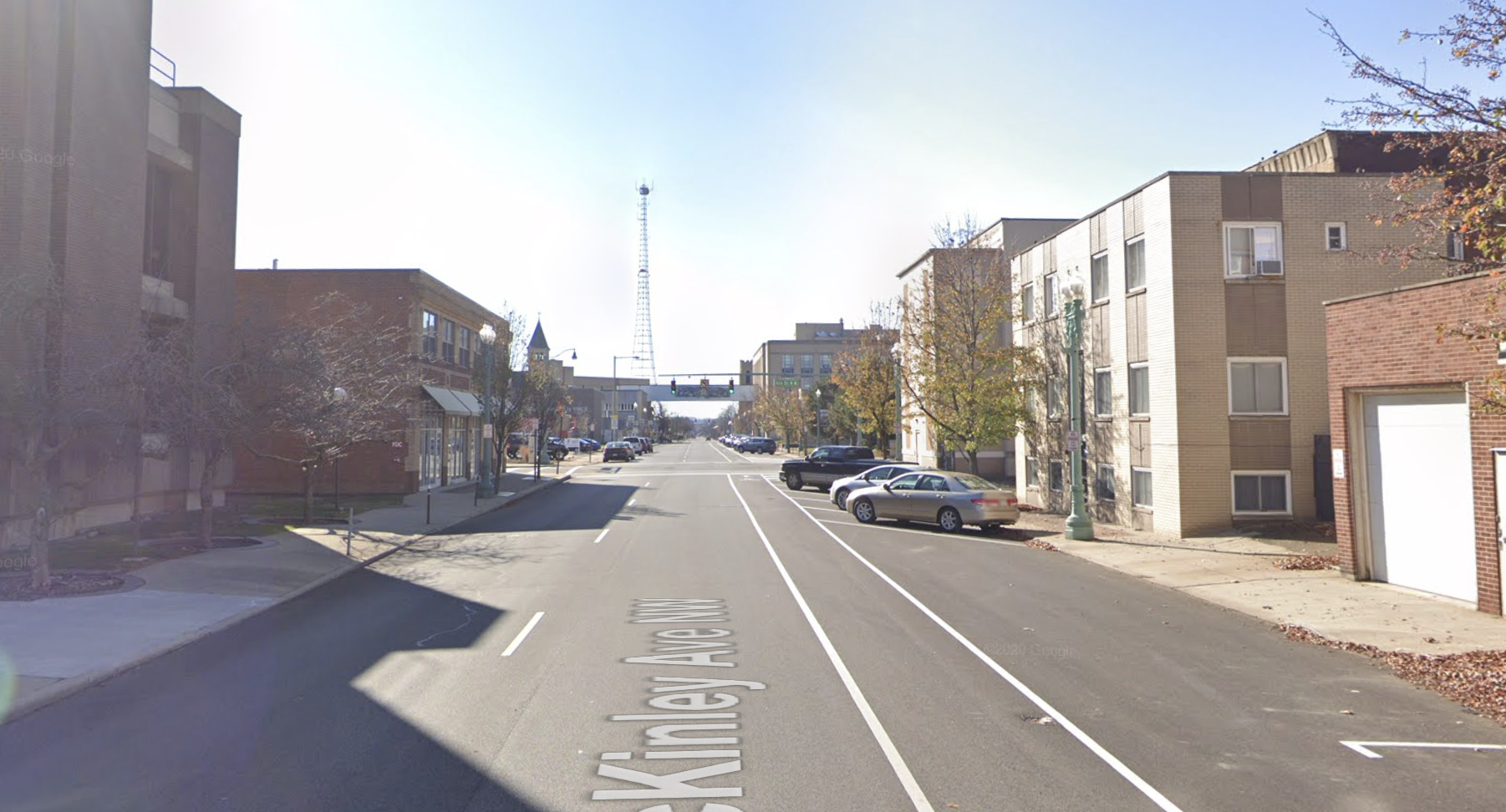
Leftover Streetcar Urban Fabric: Tuscawarus, Cleveland, and McKinley Avenues
Youngstown, OH METRO
1891: Horse cars replaced with electric streetcars (under Youngstown Street Railroad Co.)
1922: Buses introduced (under Youngstown Municipal Railway Co.)
1940: Streetcars discontinued (under Youngstown Municipal Railway Co.)
1936-1959: Operated trolleybuses (under Youngstown Municipal Railway Co.)
1973: Publicly-owned Western Reserve Transit Authority (WRTA) began operating service
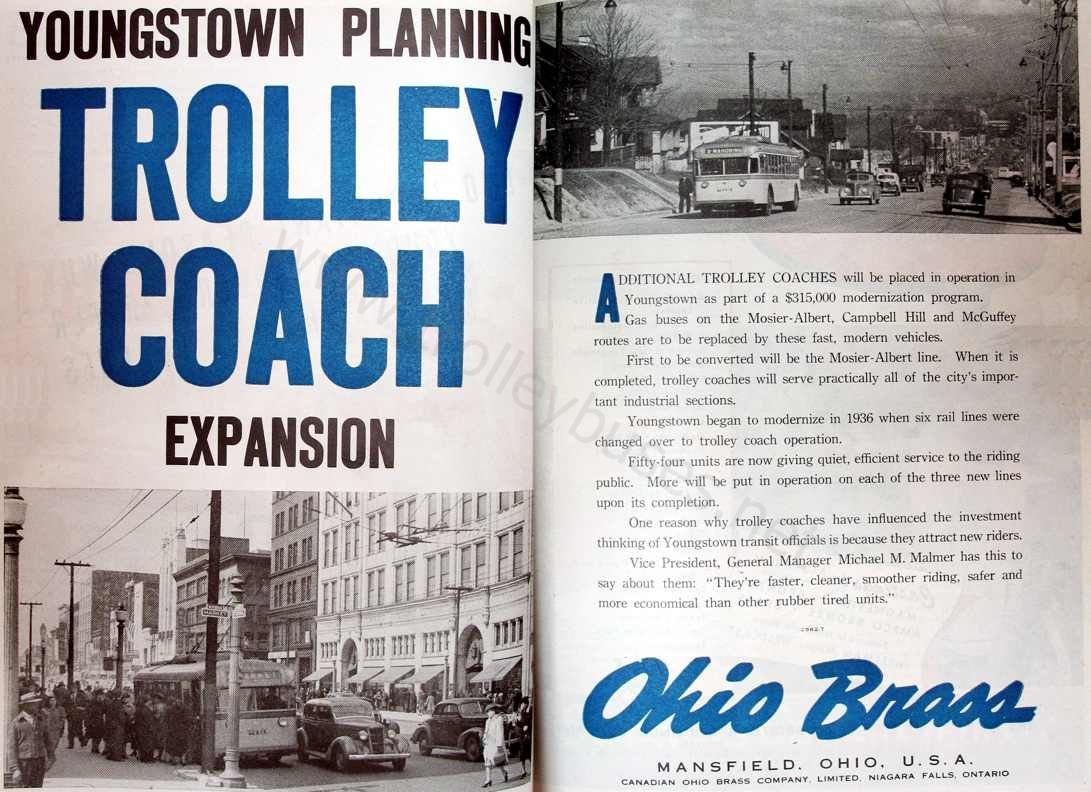
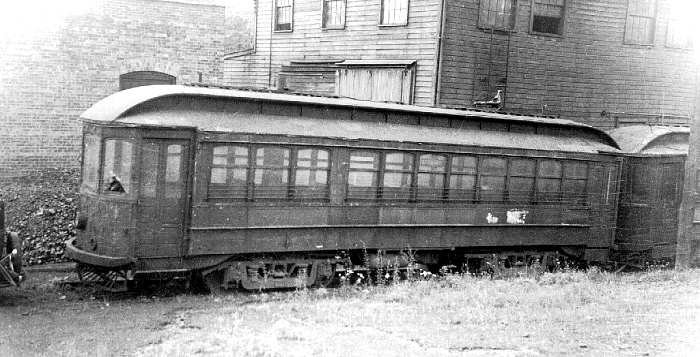
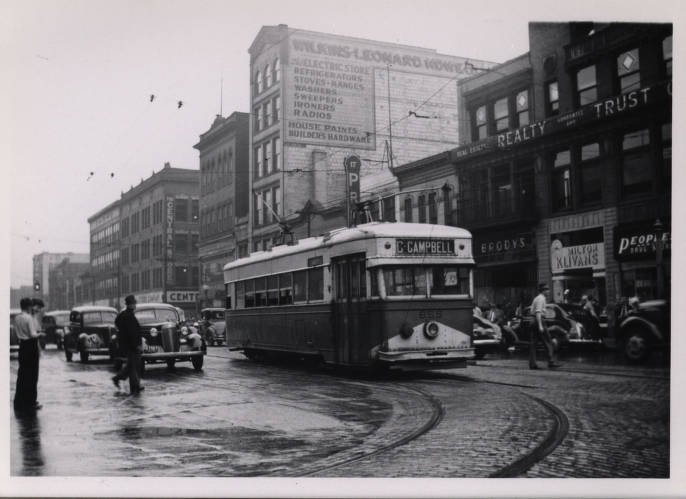
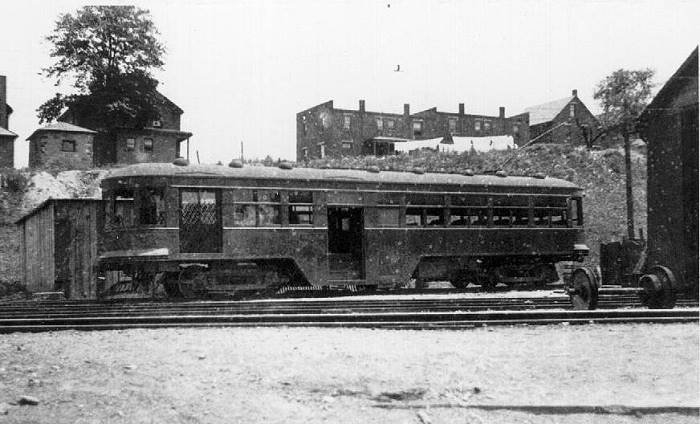
Leftover Streetcar Urban Fabric: Glenwood, 5th, and Mahoning Avenues
Findings
Comparing this historical data for each metro shows the Akron metro area had the most success with the electric tram layout. Akron hosted streetcars up till 1947, with trollybus services continuing until 1959. Though, Youngstown was the last city of the three to organize their publicly-owned bus service, WRTA. The city boasted streetcar service until 1940; with trolleybus services operated by Youngstown Municipal Railway continuing until 1959. Finally, the Canton metro; which has always struggled to pull metro ridership after its heyday of the first decades of the 20th century, discontinued tram service in 1931.
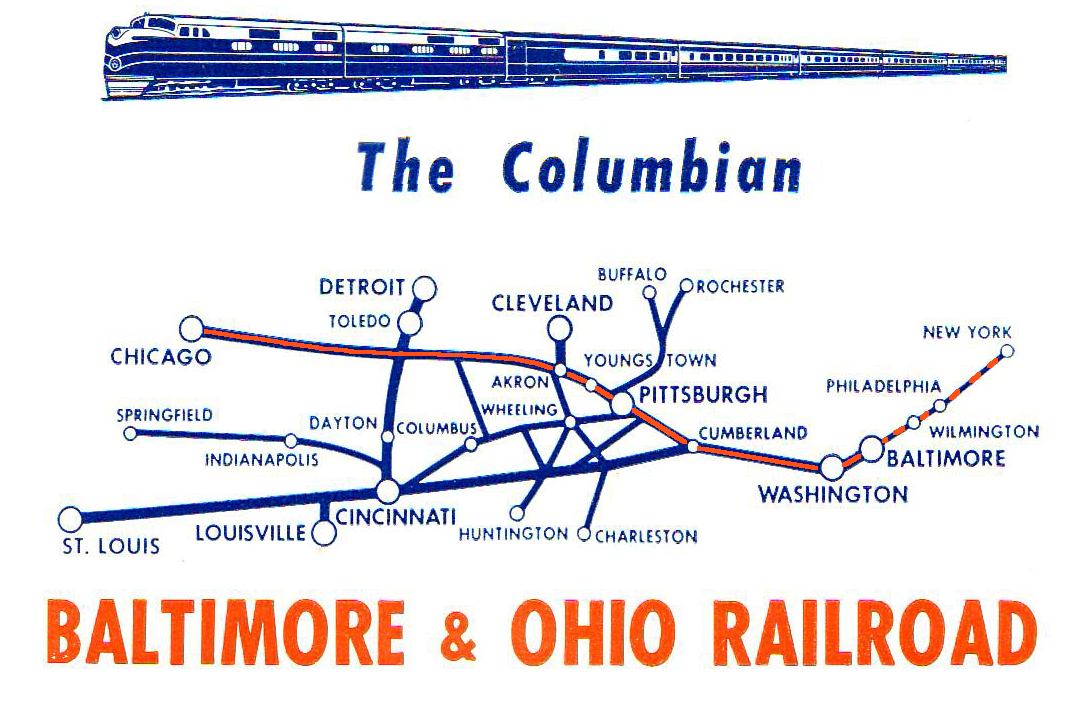


The same year Canton ended local streetcar service, Akron was beginning its service of the ‘Columbian.’ This route operated between 1931 and 1964 by the Baltimore & Ohio (B&O) Railroad as part of their NYC-Chicago service. Akron’s place in the region as an integral hub for industry and commerce is truly shown in the shear amount of direct B&O routes stretch out from and through the city. In addition to the aforementioned main line service; direct intrastate routes to Cleveland, Youngstown, Columbus, Cincinnati, and more could be made. If you were going out of state your destinations would be plenty. B&O ran services through Akron running north to Buffalo or Rochester, NY; east to the coast through Washington DC, Baltimore, and NYC; south to Huntington and Charleston, WV; and west running routes to places like Detroit, Chicago, Indianapolis, and St. Louis. This shows that even in the waning years of the interurbans, Ohio’s regional rail was still connected to Northeast Ohio and points beyond. Even so, the urban fabric these local interurbans created is still etched in the neighborhoods they helped build and move.
Baltimore & Ohio (B&O) ‘Columbian’ Train, 1949
Cited Works //
http://www.trolleybuses.net/akr/akr.htm
https://www.chicagorailfan.com/aatohacy.html
https://www.railsandtrails.com/Maps/Canton/index.htm
‘Buses Aren’t Trains’ ~ Comparing Japan Rail-Based Transit with Ohio Bus-Bus-Based // https://www.dsquires.com/davtrain-blog/cp3bj8s2alsjxncg34659smec8524r


